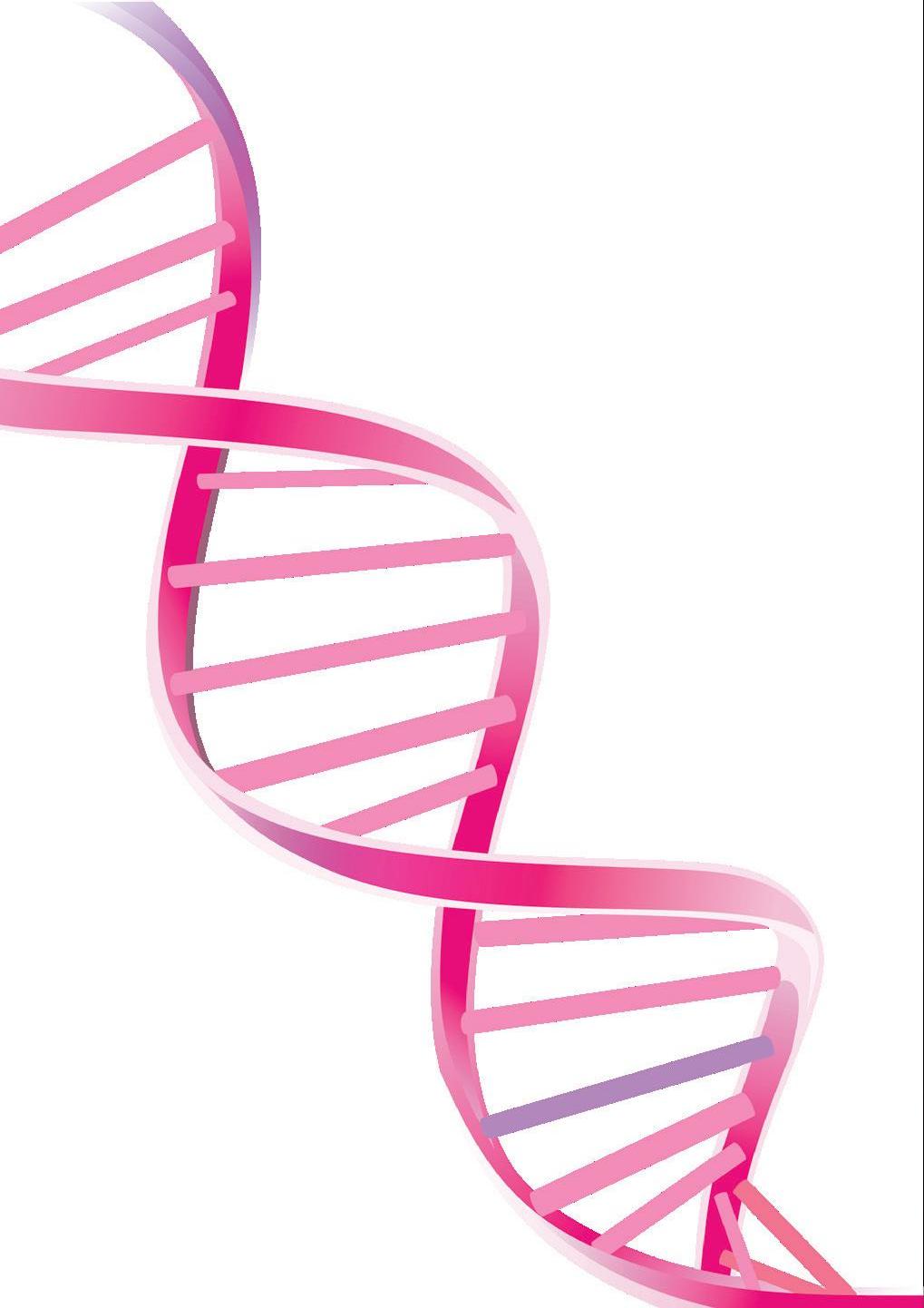SURVIVOR STORY
A scientific mind at work on behalf of others By Adam Kivel
A
s an astrophysicist, Sarafina Nance spends much of her time studying supernovae and how stellar explosions affect the cosmos.
But in the midst of her PhD program, the Bay Area native experienced a massive shockwave of her own. “My dad had just been diagnosed with stage four prostate cancer and also came back positive for BRCA2, so I knew I needed to get tested,” she says. The cancer-causing mutation can be passed down from either parent, and her father’s diagnosis – in addition to her grandmother’s experience with ovarian cancer – spurred Sarafina to get tested as well. “I learned that I was positive right around my 23rd birthday,” she says. Prior to her father’s diagnosis, Sarafina was familiar with the concept of genetic screening but was unaware that doctors could test for specific mutations and guide individuals based on their unique background. “It wasn’t something I was super-familiar with until I had to be familiar with it,” she says. Two years later, at the first of her normal screenings based on her positive mutation, Sarafina’s MRI raised new concern. Although the resulting core needle-biopsy returned negative, the fear that a positive result seemed inevitable loomed large. As a scientist, Sarafina’s natural instinct in that moment was to learn from experts and dig through scientific publications for hours on end. She met with an oncologist shortly after her first biopsy experience and learned what her future might entail. It wasn’t a certainty that she would get breast cancer, but the risk was remarkably high, and she would need to go through screenings every six months. At the end of the day, her research-first approach boiled down to statistics as much as it did emotion. “I knew that I couldn’t keep fearing a positive biopsy for my mental health, and I learned that with preventative surgical options, my risk could fall from 87 percent likely to develop cancer down to 5 percent,” Sarafina says. “I knew I would do anything to decrease my risk, to be proactive
16
l PSN: BREAST RECONSTRUCTION 2020
and empowered, and to hopefully never have to think about breast cancer ever again.” The more that Sarafina learned, the more frustrated she grew with the lack of information targeting women and regarding genetic screening and preventative treatments. She knew that major changes needed to be made to ensure that other women wouldn’t need to scour medical journals to understand their options. In addition to medical research, Sarafina dove headfirst into social media and online forums to connect with others having similar experiences. She developed a particularly strong connection with The Breasties, a group dedicated to empowering individuals affected by breast and reproductive cancers. “The women in that group tend to be young – I could connect with their experiences,” Sarafina explains. From there, she was connected to ASPS member Anne Peled, MD – a researcher and information sharer after her own heart.
Sarafina Nance undergoes a preventative mastectomy for peace of mind.












